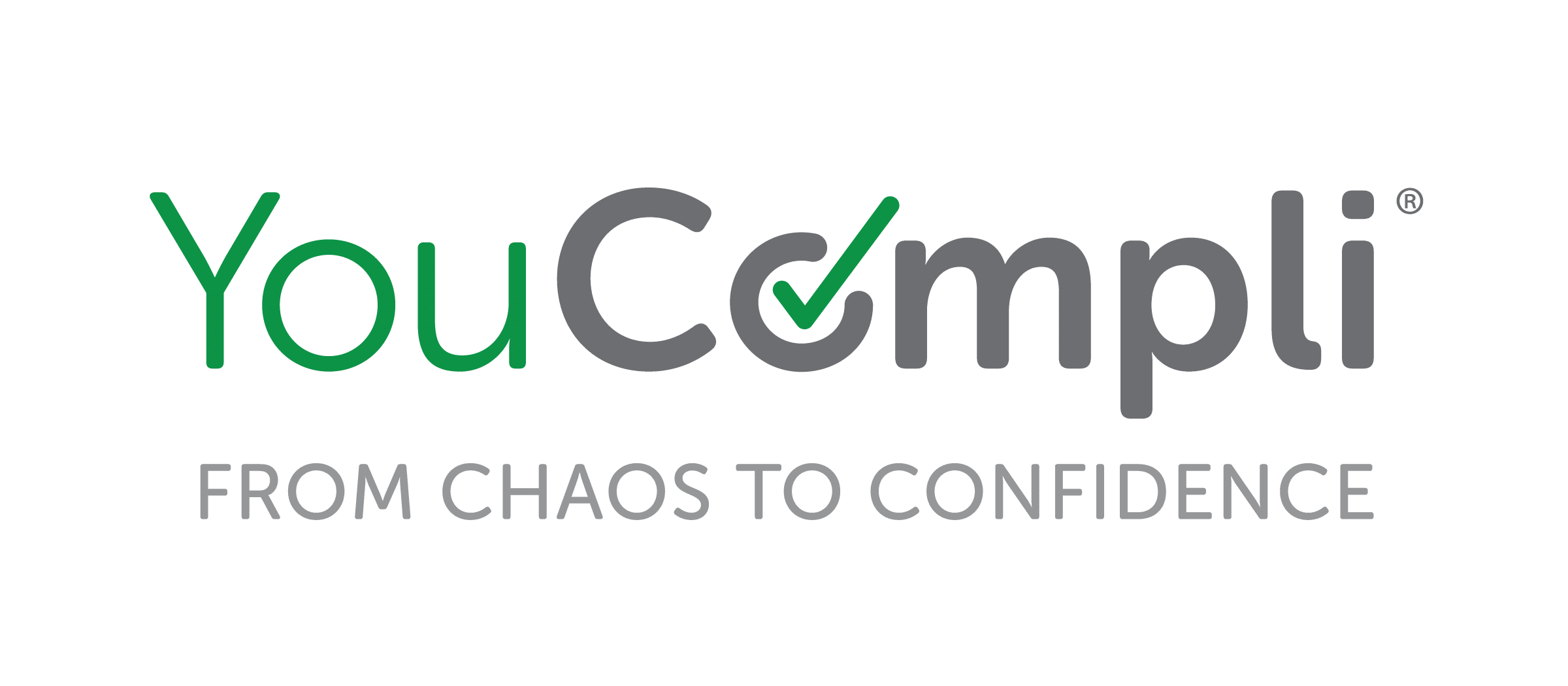Emergency preparedness has always been one of the top concerns of hospital administrators and medical staff, but never has it been more critical. As the the coronavirus pandemic continues to impact the United States, and facilities are struggling to maintain levels of personal protective equipment (PPE) and ventilators, administrators and compliance professionals should also review the updated federal emergency preparedness requirements, published by the Centers for Medicare and Medicaid Services (CMS) in the Federal Register on September 30, 2019.
We previously blogged about these requirements in 2017, but the requirements have changed in the past few years. Here are the four core elements of a hospital’s emergency preparedness plan to handle natural and man-made disasters — and a look at how they are impacted by last year’s final rule revision by CMS:
Risk Assessment and Planning
Commonly referred to as the emergency plan, CMS requires such a strategy to be developed and then updated at least once a year. It is based on certain risk assessments and uses an “all-hazards” approach that focuses on hospital capacities and capabilities, care-related emergencies, equipment and power failures, communication interruptions (including cyberattacks), and interruptions to water, food, and medication supply chains.
A major change to this element involves hospital climate control and power. Facilities are no longer required to heat and cool the building evenly. However, safe temperatures are to be maintained in areas deemed necessary to protect patients, other people in the facility, and provisions stored in the facility during the course of an emergency, as determined by a risk assessment. If a hospital is unable to maintain safe temperatures, it should follow an established plan for a timely relocation/evacuation that avoids patient exposure to harmful conditions. Additionally, hospitals are required to have an essential electric system with a generator that complies with the NFPA 99 – Health Care Facilities Code.
Like before, the plan must include strategies for addressing emergency events and include a process to work in conjunction with local, tribal, regional, state, and federal emergency preparedness officials. But the key change to the all-hazards approach — and this is crucial in light of recent events — is that all participating hospitals must be prepared for emerging infectious disease (EID) threats, such as the coronavirus. EIDs may require modification to standard facility protocols to protect the health and safety of patients and personnel, such as isolation and PPE usage.
Communication Plan
This element received additional fine-tuning. Participating hospitals still must develop a communication plan that complies with local, state, and federal laws and the plan must be reviewed and updated annually. It should now also include the names and contact information of key hospital personnel for local, tribal, regional, state, and federal emergency preparedness officials. And, it should detail how patient care is coordinated within the facility, across healthcare providers, and with local and state public health departments and emergency management systems.
Policies and Procedures
Hospital policies and procedures still must be based on the emergency plan, risk assessment, and the communication plan, and must be reviewed and updated at least once a year. They should address a broad range of topics and situations, including subsistence needs (water, food, medical supplies) of patients and staff, emergency staffing strategies, tracking the location of on-duty staff and patients during emergencies, sheltering-in-place plans, and patient relocation/evacuation plans.
Training and Testing Program
This revised element the result of an additive process. Program development is based on the emergency plan, the risk assessment, the communication plan, and the policies and procedures. As before, the final rule states the program must detail who needs to be trained, describe the frequency of training, how knowledge is assessed, and document how the training was conducted.
During the course of normal events, hospitals are required to annually conduct a mock disaster drill that is either a full-scale, community-based or individual facility-based exercise. In addition, hospitals must also hold a discussion-based tabletop exercise with its senior staff to discuss hypothetical emergency scenarios and reassess policies and procedures. But recent years have not been normal.
Along with the coronavirus outbreak, many parts of the country have suffered from an increase in natural disasters or mass shootings. The final rule revision acknowledges this wide spectrum of emergencies. If there is an event that activates a hospital’s emergency plan, that facility is exempt from holding its annual mock disaster drill for one year following the incident, provided it has written documentation. If a hospital activates its emergency plan twice in one year, it is exempt from both the mock disaster drill and tabletop exercise for one year following the actual events. Again, written documentation of these events and procedures is required.
Maintain Compliance with CMS
Being compliant with the September 30, 2019 final rule is a requirement for your facility’s Condition of Participation (CoP) / Condition for Certification (CfC) with CMS. Failure to comply, even during a pandemic, could thus have significant impact on your organization. The youCompli compliance management software is a powerful tool to help mitigate risk and enable your hospital to effectively implement these, and many other, regulatory requirements. The software is easy to use and quick to deploy, and can be a powerful means to drive efficiencies through your compliance department.
See YouCompli in Action
Easier, faster, more effective compliance is possible

